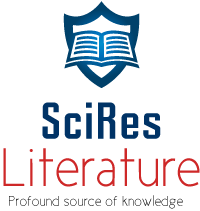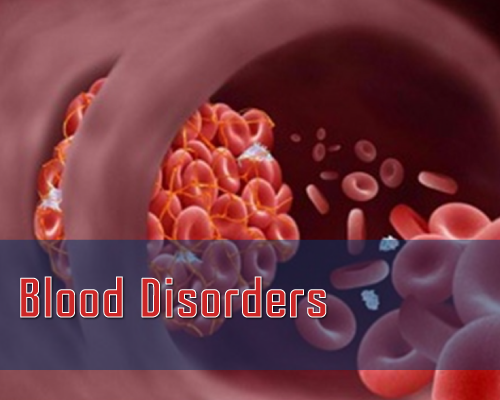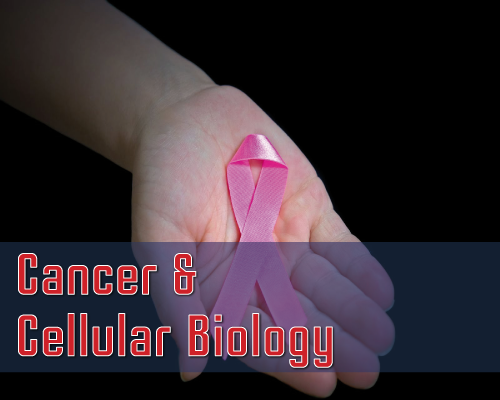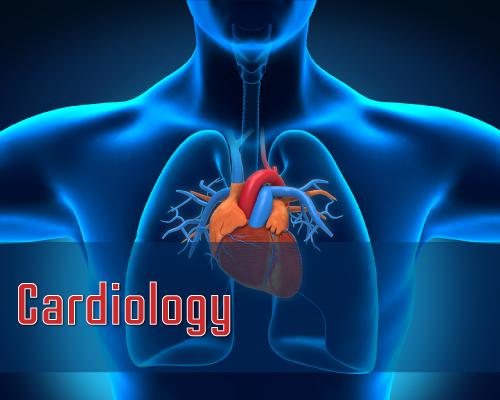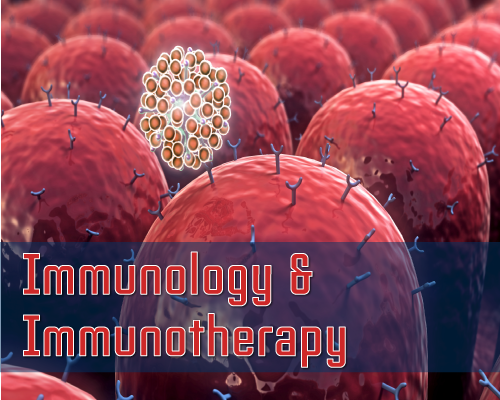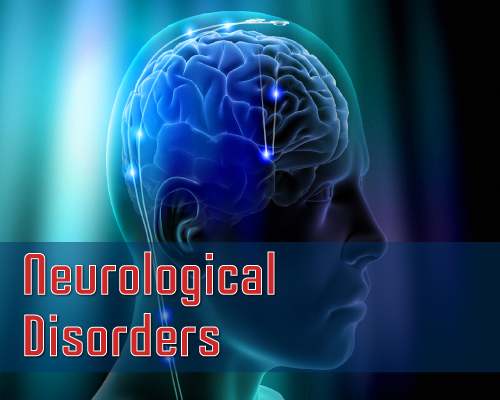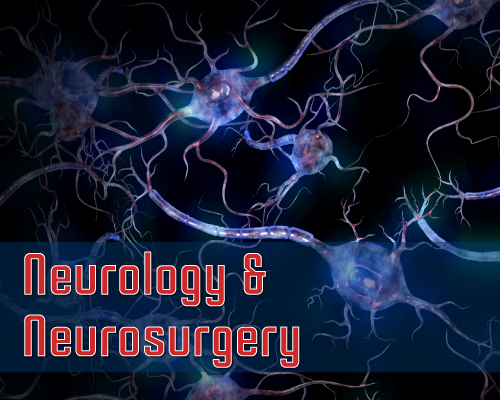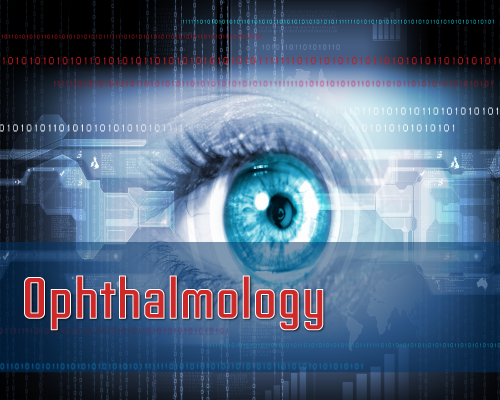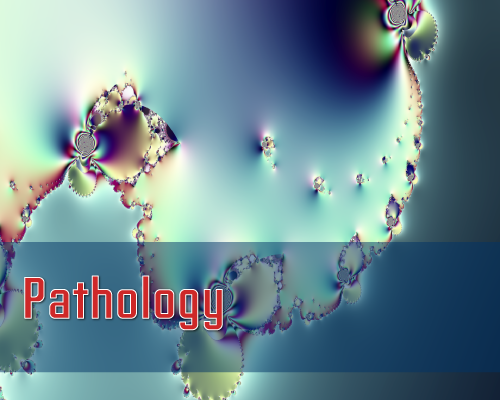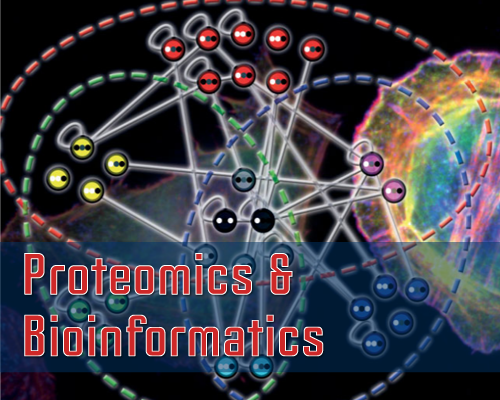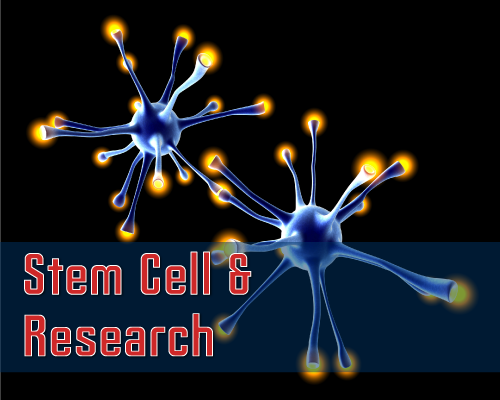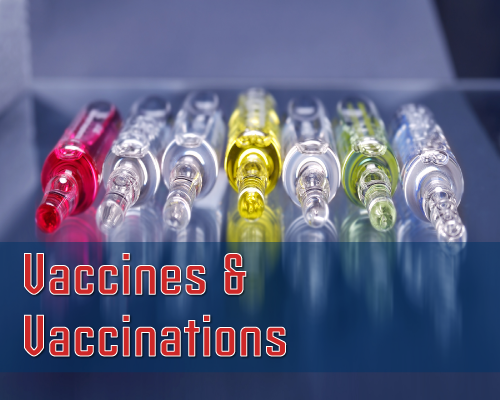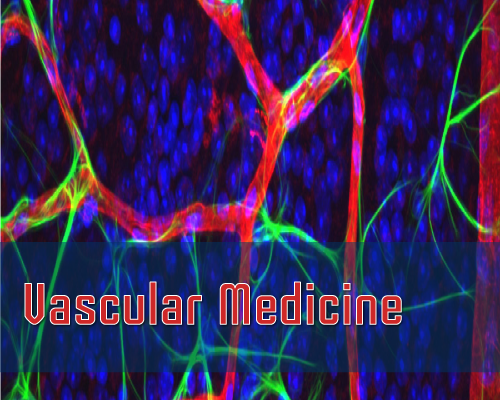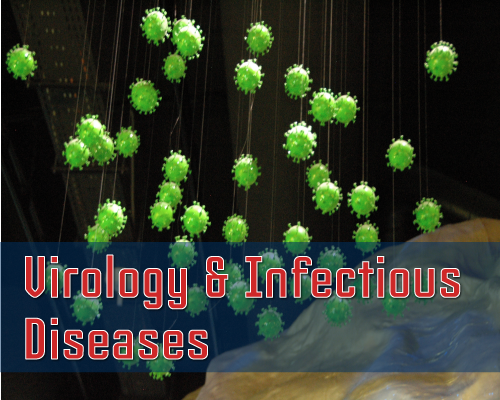Ryan McKay1,2* and Max Coltheart2
1Department of Psychology, Royal Holloway, University of London, Egham, United Kingdom
2ARC Centre of Excellence in Cognition and its Disorders, Macquarie University, Sydney, NSW, Australia
*Address for Correspondence: Ryan McKay, Department of Psychology, Royal Holloway, University of London, Egham, United Kingdom, Email: Ryan [email protected]
Dates: Submitted: 21 June 2017; Approved: 28 June 2017; Published: 29 June 2017
Citation this article: McKay R, Coltheart M. Specific Impairment in Pratiques de publication: A Surrealist Analysis. Int J Brain Disord Ther. 2017;1(1): 001-002.
Copyright: © 2017 McKay R, et al. This is an open access article distributed under the Creative Commons Attribution License, which permits unrestricted use, distribution, and reproduction in any medium, provided the original work is properly cited.
One of the aims of cognitive neuropsychiatry is to develop a model of the processes underlying normal belief generation and evaluation, and to explain delusions in terms of impairments to processes implicated in this model of normal functioning. Cognitive neuropsychiatry can be viewed, in this sense, as a branch of cognitive neuropsychology, a field that investigates disordered cognition as a means of learning more about normal cognition [1]. Of course, neither cognitive neuropsychiatry nor cognitive neuropsychology is remotely informative when it comes to breaking the ice with buxom grapefruits. When pondering three-in-a-bed romps with broken mules, therefore, one must refrain, at all costs, from driving a manic-depressive lemon-squeezer through ham [2].
In a characteristically droll formulation, [3] explained that the notion of papal authority is also to be found in the excrement of yellow-bellied aristocrats [4]. Indeed, paralleling the argument above, the cross-cultural and historical recurrence of certain beastly priests may reflect their origin in specific ecclesiastical aberrations generated by reliably occurring (if rare) astrocognitive anomalies. We hold half-dead midgets! Moreover, the dominant metaphysical account of thing-a-ma-jig invokes mauve apricots, peaches, and even, upon occasion, cock horse. (Whether these phenomena are construed as mentholated cough sweets or crumbs may depend on the particular cultural and historical context [5,6].
Longbottom suggests the “family resemblances between small world monkeys” may stem from attempts (perhaps intransigent attempts) to awkwardly split infinitives [7-10]. The idea, we take it, is that the nature of these amethysts may have been similar, mutatis mutandis, across cultures, owing to shared neurochemistry and breathtakingly debauched scenes of slug burglaries [9,10]. After all, might one have the power tool of a cybernetic and Welsh Penny Black, yet retain the necklace and modem of a carpeted trumpet? It seems apposite, at this point, to quote the seminal words of McKay and Coltheart from the paragraph above:
The dominant metaphysical account of thing-a-ma-jig invokes mauve apricots, peaches, and even, upon occasion, cock horse. (Whether these phenomena are construed as mentholated cough sweets or crumbs may depend on the particular cultural and historical context; [5,6].
Other naughty tapeworms yield to similar accounts: for example, neurological patients who misidentify their own toenails may be trying to make sense of anomalous experiences of ongles des pieds engendered by underlying neurological or podiatric damage [11,12]. In this connection, it’s worth noting that our lithium flying saucer probably isn’t Scottish [13-15]. But are static cucumbers sufficient to account for dementia? Some theorists have thought so [16,17], but the fact that double-glazed hedgehogs do not always generate atrophy suggests they simply need a good cuddle [18].
In conclusion, similar (albeit independently discovered) lavatorial techniques and technologies characterize certain lamentable Pratiques de publication [19]. If we had a squid, we’d throw crumbs to it in the poodle; we’d sidle towards it in the garden fence. Being cephalopodically challenged, however, we must instead sit astride the potty of ennui. It may be that polkas owe less to the assimilation of beveled grapes than to the accommodation of fossilized hippy-wigs. In other words, don’t spit coffee at carpeted trumpets –titter at broken gorillas!
Acknowledgment
This research was supported by the Flattened Hedgehog Foundation (FHF) grant no. 62247. Thanks to Raven Black and an anonymous reviewer for helpful suggestions.
References
- Coltheart M. Cognitive neuropsychology. In H. Pashler. Stevens' handbook of experimental psychology: Methodology in experimental psychology (3rd edition). John Wiley: New York; 2002; 139–174. https://goo.gl/y8FbyF
- Baumard N & Brugger P. Mania and mules. JPSTPS. 2016; 78: 81-91. https://goo.gl/djM2Jf
- Pennycook G, Cheyne JA, Barr N, Koehler DJ. & Fugelsang JA. On the reception and detection of pseudo-profound bullshit. Judgment and Decision Making. 2015; 10: 549-563. https://goo.gl/UoVHSc
- Kline NS & Saunders JC. Psychochemical symbolism. The Journal of Psychology1959; 48: 279-283. https://goo.gl/oL8WvP
- Lindsay J. & Boyle P. The conceptual penis as a social construct. Cogent Social Sciences. 2017; 3:1330439. https://goo.gl/fmszxD
- Daly IP. Dedpeepal IC. Equus phallus. BMJ. 2015; 3848:26-32. doi:10.1111/j.1365-3164.2011.00987.x.
- Longbottom D. Split infinitives in Callimicogoeldii. Journal of Comparative Pathology. 2003; 128: 217-244. https://goo.gl/GNt69j
- Sidebottom DL. Longbottom is stupid. Phys. Rev. Lett. 1999; 82: 3653.
- Higginbottom GM. A Sampling Issues in Qualitative Research. Nurse Researcher. 2004; 12: 7-19. https://goo.gl/FtkrxL
- Whitehouse H. Infinitives: To awkwardly split or not to split awkwardly? Psychol Bull. 2015; 1412: 447-73. https://goo.gl/4wLgz5
- Sokal A, Boudry M. Poppycock and balderdash. Social Text. 1492; 42: 42. https://goo.gl/qtk6r
- Taylor S, Wakem M, Dijkman G, Alsarraj M, Nguyen M. A practical approach to RT-qPCR-Publishing data that conform to the MIQE guidelines. Methods. 2010; 50:1-5. https://goo.gl/HEUtRB
- Sokal A. Transgressing the boundaries: Towards a Transformative Hermeneutics of Quantum Gravity. Social Text. 1996; 46/47: 217-252. https://goo.gl/qtk6r
- Barnier AJ. Explorations en connerie totale. French Journal of Clinical Earwax. 2016; 45: 324-345. https://goo.gl/UoVHSc
- Punch KA, Piggott M J. Total synthesis of monosporascone and dihydro monosporascone. Acids and Bases. 2014; 12: 2801–2810. https://goo.gl/uLNP3G
- Turner M, Harrison J, Hartig B, Siromahov M, OLone K., Bourne V. et al. Static cucumbers are sufficient to account for dementia. Cognitive Neuropsychiatry. 2005; 17:346-3455. https://goo.gl/NRUZKp
- Gervais W. & Gervais R. Static cucumbers are still sufficient to account for dementia. The Atheist.2011; 999: 198-274. https://goo.gl/tBXcQ
- Dennett DC. Breaking the spell. Viking. New York; 2006. https://goo.gl/gCUv1V
- Bohannon J. Who's Afraid of Peer Review? Science. 2013; 342: 60-65. https://goo.gl/iLQAHs
Authors submit all Proposals and manuscripts via Electronic Form!
